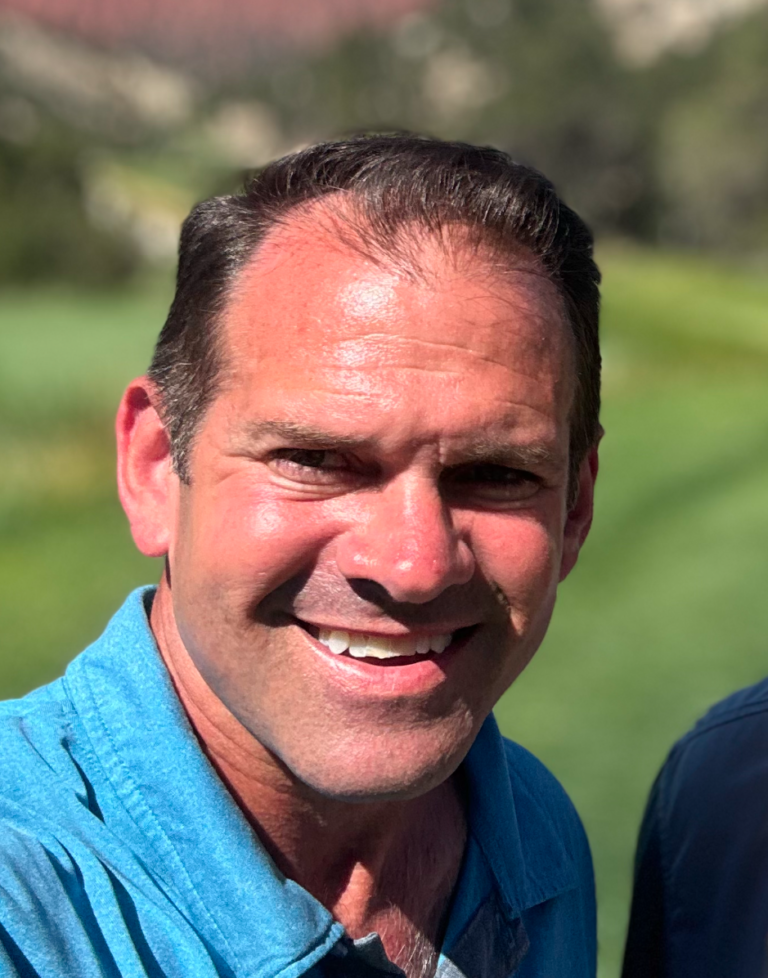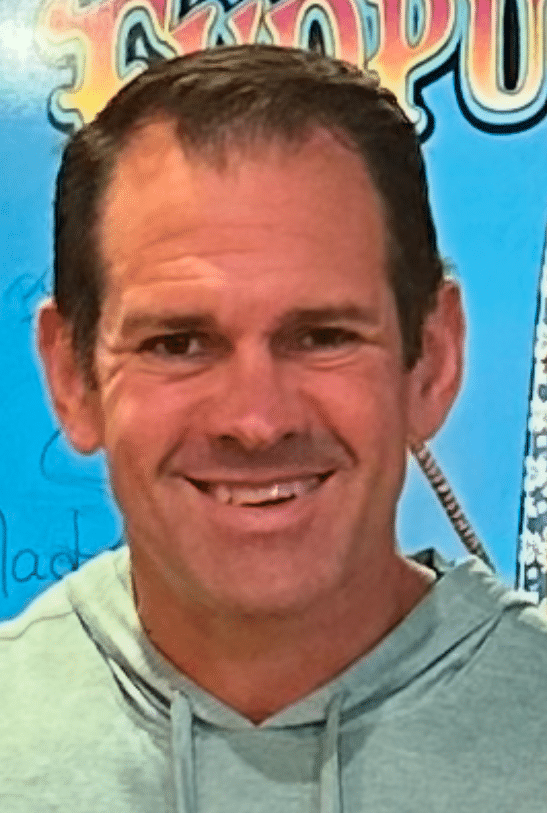Dr. Ian Weisberg on the Next Frontier in Cardiac AI: Smarter, Faster, and More Precise Care
Dr. Ian Weisberg on the Next Frontier in Cardiac AI: Smarter, Faster, and More Precise Care
Blog Article
Synthetic intelligence (AI) is quickly transforming the medical field, and cardiology isn't any exception. Dr Ian Weisberg Niceville Florida, a respected specialist in electrophysiology and cardiac attention, is at the forefront of establishing AI-driven engineering in to diagnosing, monitoring, and managing center conditions. His strategy claims to boost precision, increase individual outcomes, and revolutionize the future of cardiology.

AI-Driven Diagnostics: Enhancing Precision
One of the very most significant programs of AI in cardiology is its power to analyze big levels of patient data with unparalleled accuracy. Dr. Weisberg employs AI-powered electrocardiograms (ECGs) and device learning algorithms to discover abnormalities in center rhythms sooner than ever before. By researching tens of thousands of individual instances, AI may recognize subtle designs that also probably the most experienced specialists may miss.
For situations like atrial fibrillation (AFib) and ventricular tachycardia, early recognition could be the big difference between preventive care and a life-threatening emergency. AI-based ECG interpretation assures that individuals get appropriate interventions, reducing the danger of complications.
Predicting and Avoiding Cardiac Events
Beyond analysis, AI is supporting estimate cardiac events before they happen. By considering factors such as for example heartrate variability, life style habits, and genetic predisposition, AI-driven designs may identify people at large risk for center episodes, shots, or unexpected cardiac arrest.
Dr. Weisberg believes this predictive energy allows physicians to take practical measures, such as for instance prescribing lifestyle changes, drugs, as well as proposing early interventions before serious symptoms appear.
Individualized Treatment Plans with AI
Each patient's heart is unique, and AI is creating customized treatment options a reality. Using AI-powered simulations, Dr. Weisberg may tailor techniques such as for instance catheter ablations or pacemaker implantations to match a patient's correct cardiac design and condition. This decreases trial-and-error techniques and increases therapy achievement rates.
Moreover, AI helps improve dose guidelines for center medicines, ensuring optimum usefulness with minimal side effects.
Remote Monitoring and AI-Assisted Cardiac Care
One of the very most groundbreaking developments in AI and cardiology is distant patient monitoring. With AI-powered wearable devices and smart implants, health practitioners can monitor real-time individual data, alerting them to any irregularities instantly.
Dr. Weisberg sees this as a game-changer, especially for people with serious center conditions who involve continuous monitoring. By reducing hospital visits and catching problems early, AI-powered checking programs assist saving lives while increasing patient comfort.
The Future of AI in Cardiology
As AI continues to evolve, Dr. Weisberg remains devoted to establishing cutting-edge systems that make cardiology more efficient, accurate, and patient-friendly. His perform bridges the distance between engineering and medicine, ensuring that AI enhances—perhaps not replaces—the human feel in healthcare.

With AI-driven improvements, cardiology is entering a fresh age wherever heart disease may be detected early in the day, treated more efficiently, and managed with greater precision. Dr Ian Weisberg Niceville Florida's groundbreaking efforts in this room promise to form the ongoing future of cardiac look after decades to come.
Would you prefer any refinements or additional information on particular AI purposes? ????
Report this page